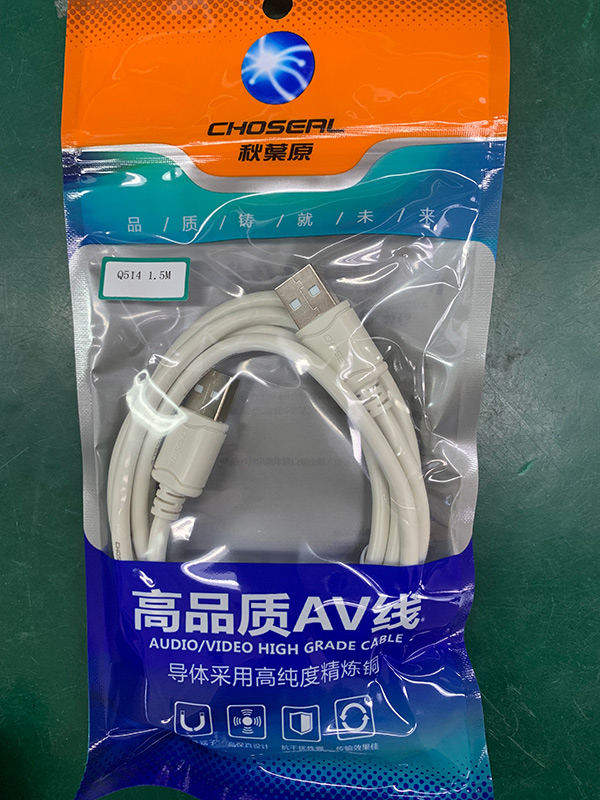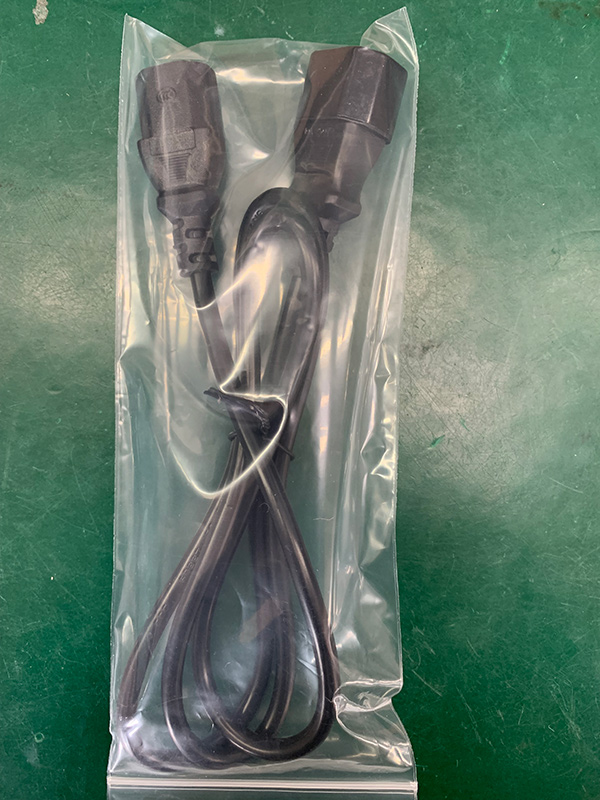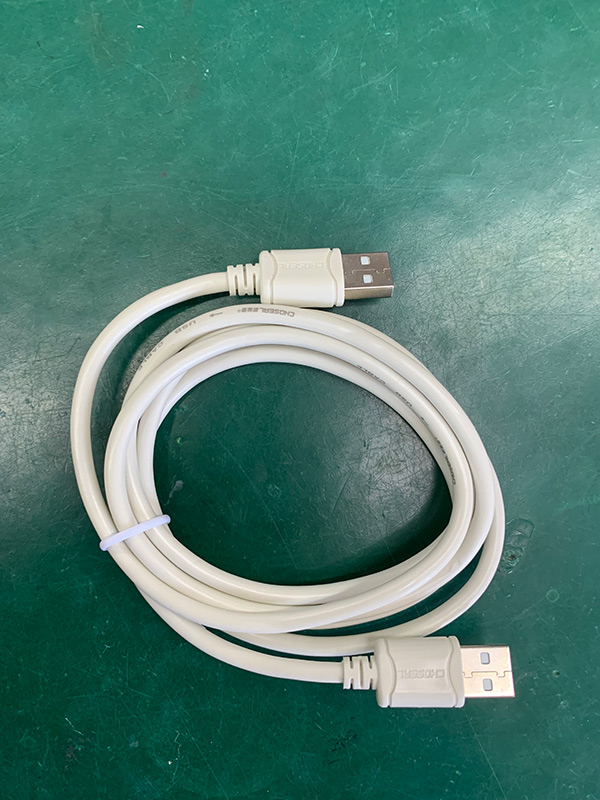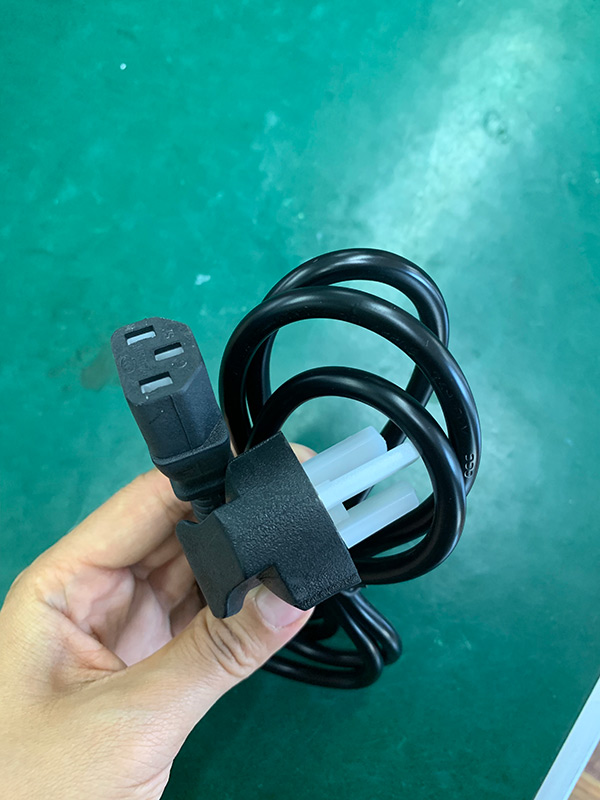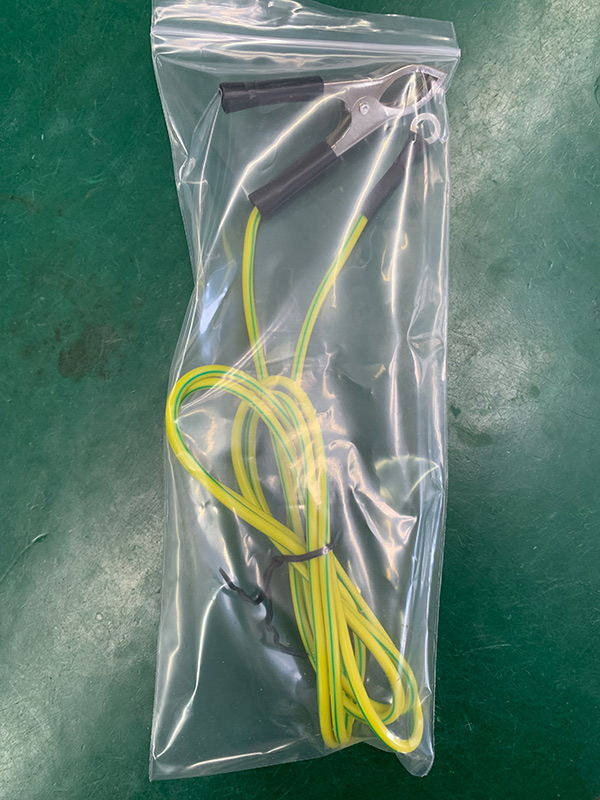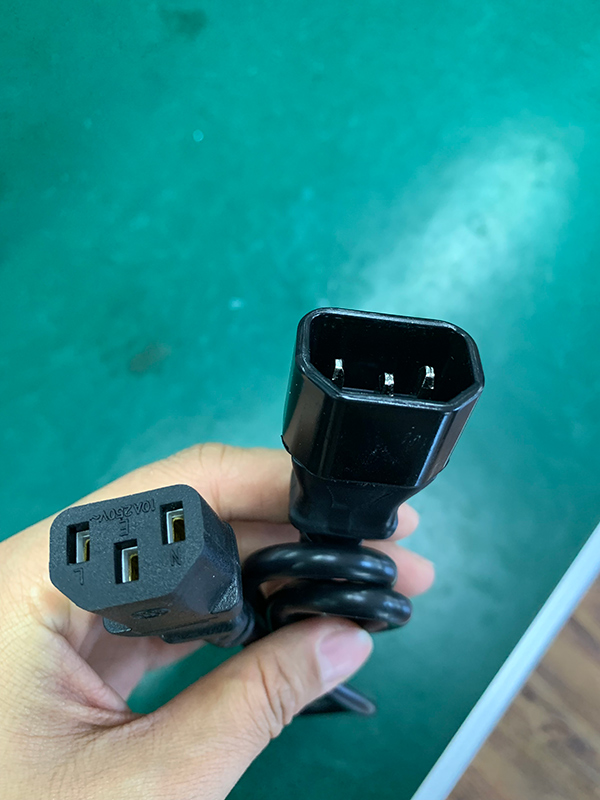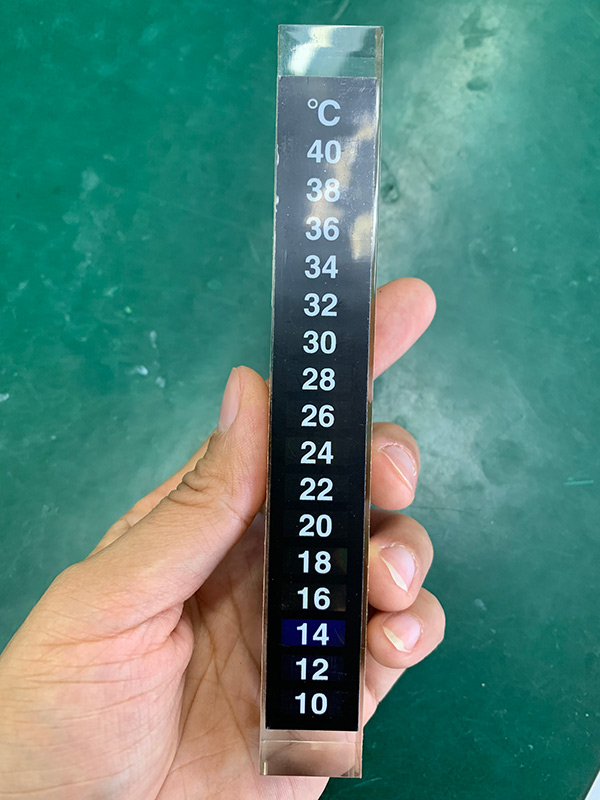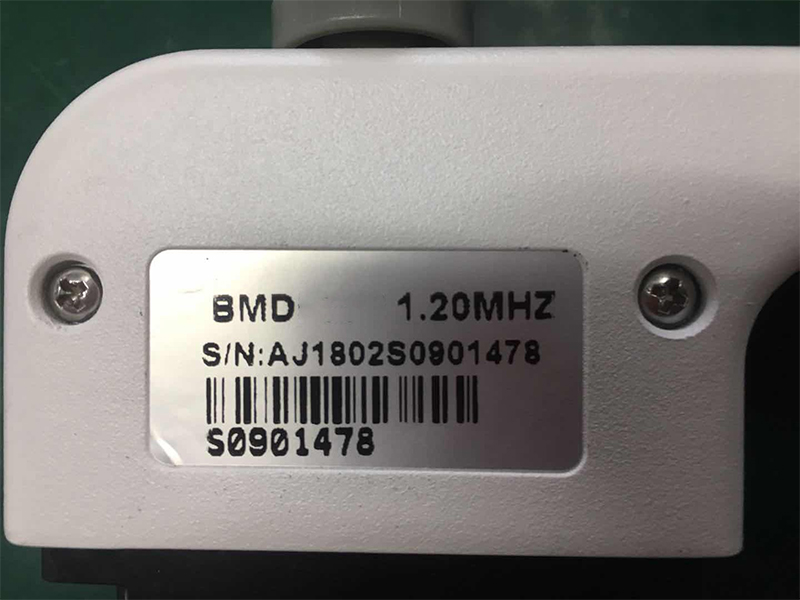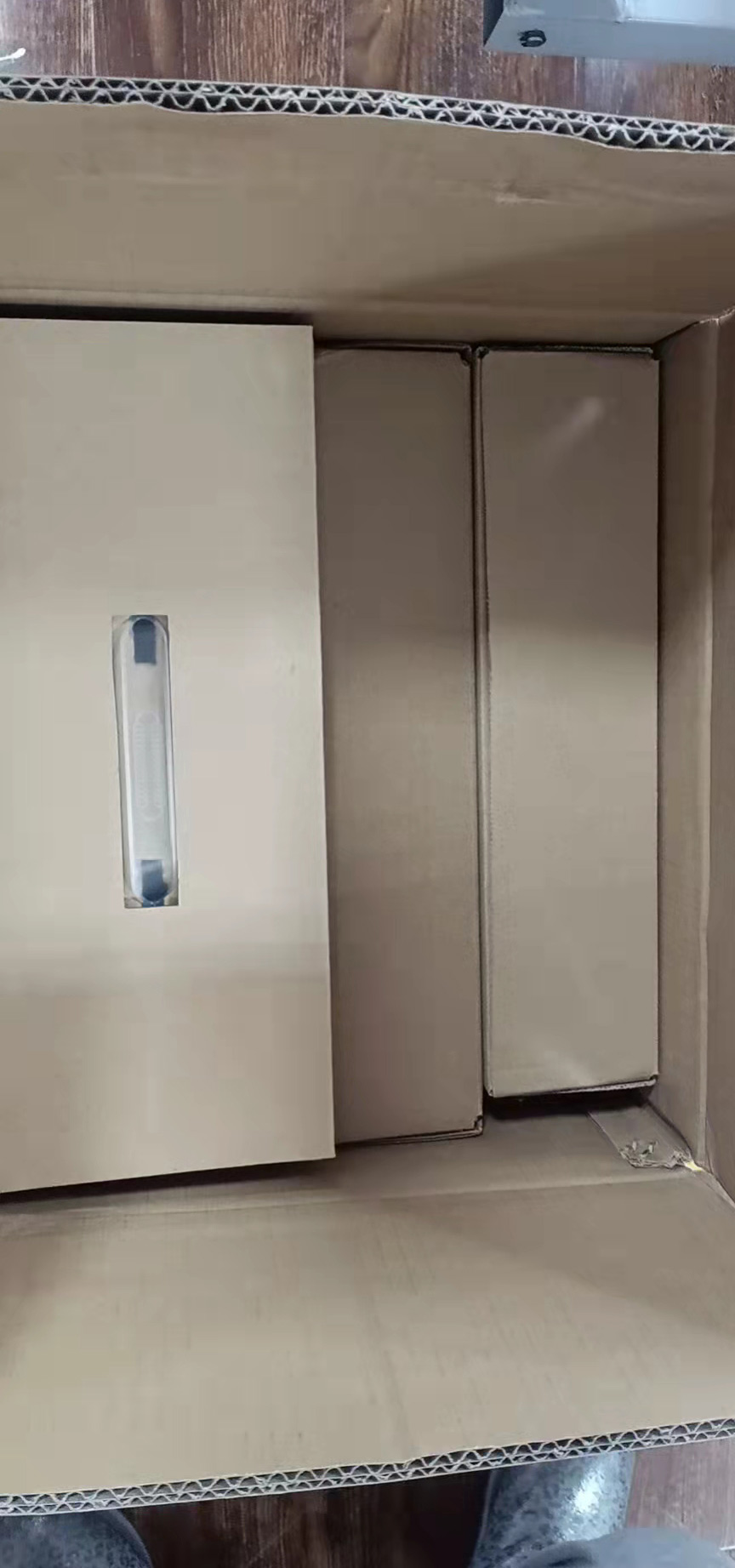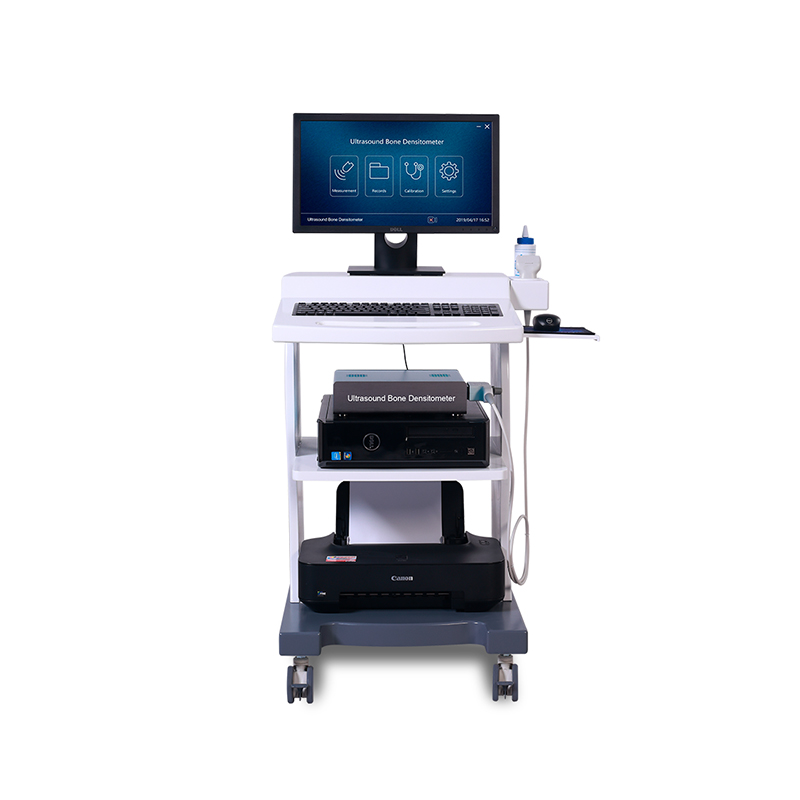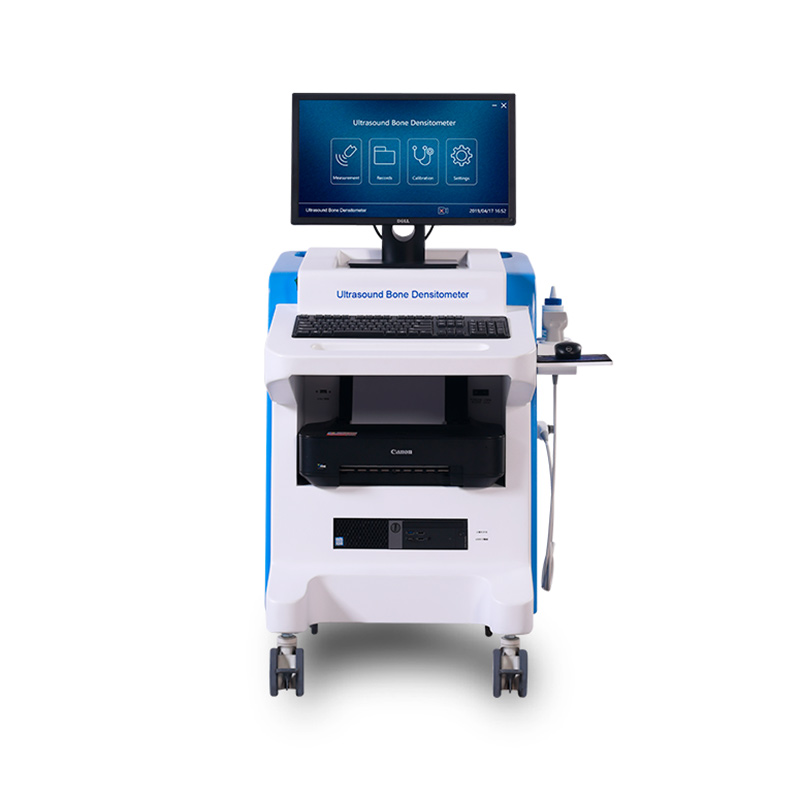Trolley Ultrasound Bone Densitometer BMD-A1 Assembly
Application
Our BMD have extensive application: it used for Maternal and Child Health Centers, Geriatric Hospital, Sanatorium, Rehabilitation Hospital, Bone Injury Hospital, Physical Examination Center, Health Center, Community Hospital, Pharmaceutical factory, Pharmacy and Health Care Products
The Department of the General Hospital, Such as Pediatric Department, Gynecology and Obstetrics Department, Orthopedics Department, Geriatrics Department, Physical Examination, Department, Rehabilitation Department, Rehabilitation department, Physical Examination Department, Endocrinology Department
Why Is A Bone Mineral Density Test Done?
Bone mineral density testing is done to find out if you have bone mass or osteoporosis or may be at risk of developing it. Osteoporosis is a condition in which the bones become less dense and their structure deteriorates, making them fragile and prone to fracture (break). Osteoporosis is common, especially in older Australians. It has no symptoms and is often not detected until a fracture occurs, which can be devastating for older people in terms of their general health, pain, independence and ability to get around.
Bone mineral density testing can also detect osteopenia, an intermediate stage of bone loss between normal bone density and osteoporosis.
Your doctor may also suggest bone mineral density testing to monitor how your bones are responding to treatment if you have already been diagnosed with osteoporosis.
Ultrasound Bone Densitometer Report T Score Analysis

Bone Density Test Results
Trolley ultrasound bone densitometer test determines the bone mineral density (BMD). Your BMD is compared to 2 norms—healthy young adults (your T-score) and age-matched adults (your Z-score).
First, your BMD result is compared with the BMD results from healthy 25- to 35-year-old adults of your same sex and ethnicity. The standard deviation (SD) is the difference between your BMD and that of the healthy young adults. This result is your T-score. Positive T-scores indicate the bone is stronger than normal; negative T-scores indicate the bone is weaker than normal.
According to the World Health Organization, osteoporosis is defined based on the following bone density levels:
A T-score within 1 SD (+1 or -1) of the young adult mean indicates normal bone density.
A T-score of 1 to 2.5 SD below the young adult mean (-1 to -2.5 SD) indicates low bone mass.
A T-score of 2.5 SD or more below the young adult mean (more than -2.5 SD) indicates the presence of osteoporosis.
In general, the risk for bone fracture doubles with every SD below normal. Thus, a person with a BMD of 1 SD below normal (T-score of -1) has twice the risk for bone fracture as a person with a normal BMD. When this information is known, people with a high risk for bone fracture can be treated with the goal of preventing future fractures. Severe (established) osteoporosis is defined as having a bone density that is more than 2.5 SD below the young adult mean with one or more past fractures due to osteoporosis.
Secondly, your BMD is compared to an age-matched norm. This is called your Z-score. Z-scores are calculated in the same way, but the comparisons are made to someone of your age, sex, race, height, and weight.
In addition to bone densitometry testing, your healthcare provider may recommend other types of tests, such as blood tests, which may be used to find the presence of kidney disease, evaluate the function of the parathyroid gland, evaluate the effects of cortisone therapy, and/or assess the levels of minerals in the body related to bone strength, such as calcium.
Why Bone Health is So Important
Fractures are the most frequent and serious complication of osteoporosis. They often occur in the spine or hip. Usually from a fall, hip fractures can result in disability or death, a consequence of poor recovery after surgical treatment. Spinal fractures occur spontaneously when weakened vertebrae collapse and crush together. These fractures are very painful and take a long time to repair. This is the main reason why older women lose height. Wrist fractures from falls are also common.

Application
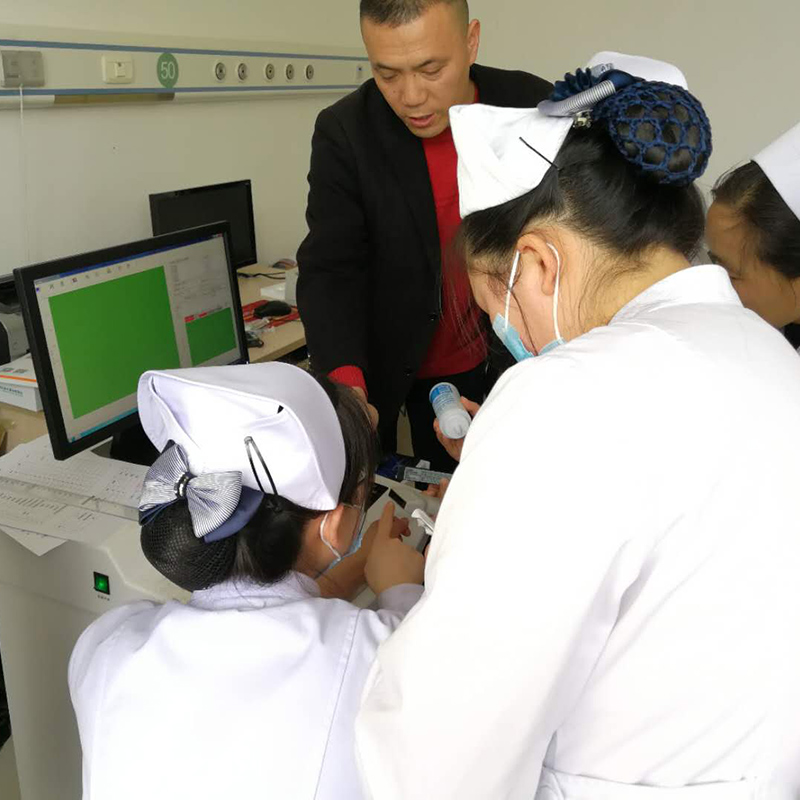
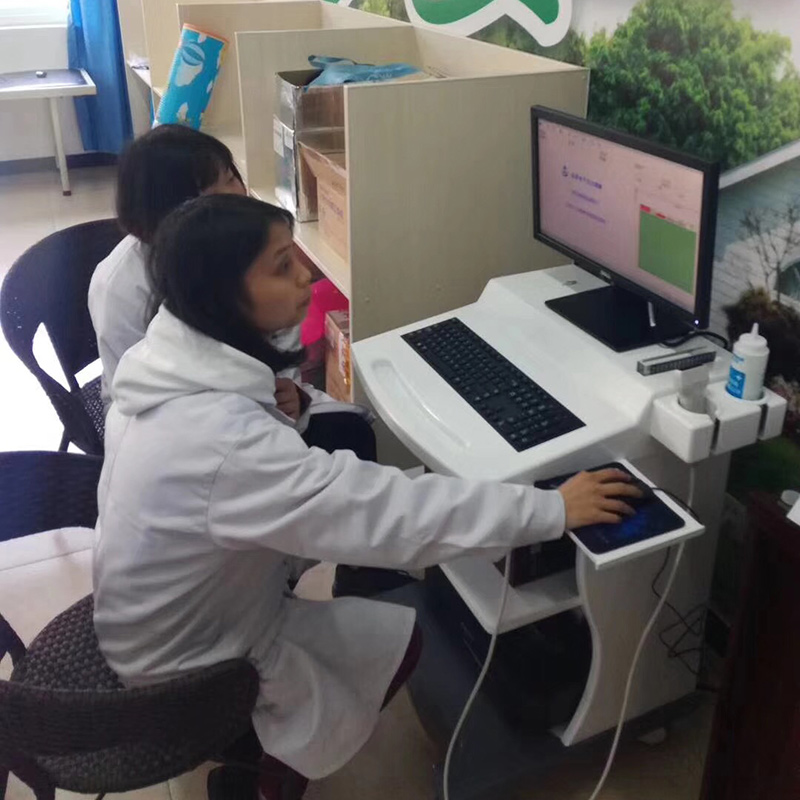
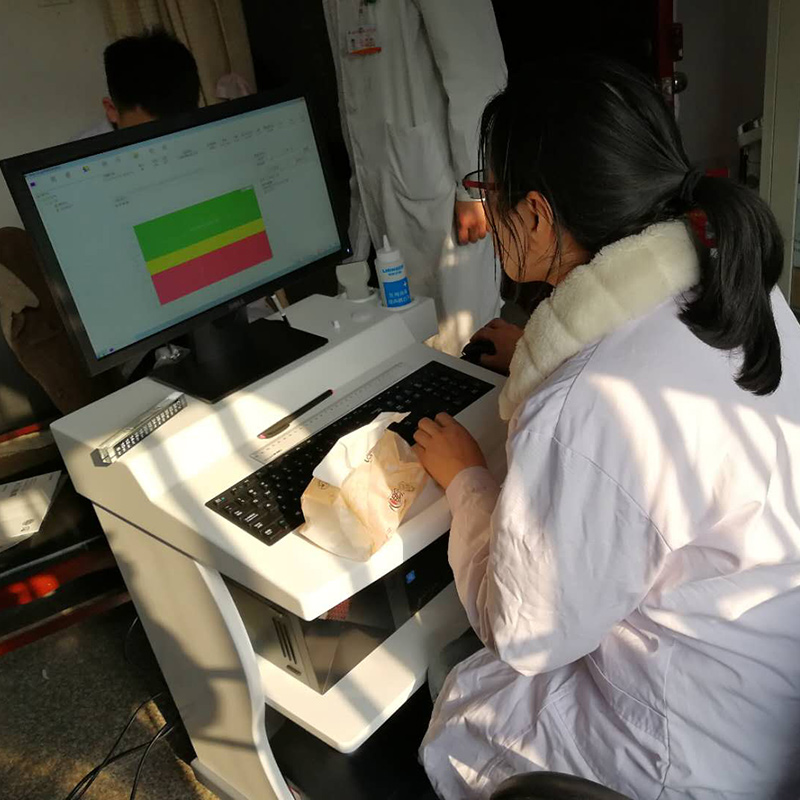
Packing

